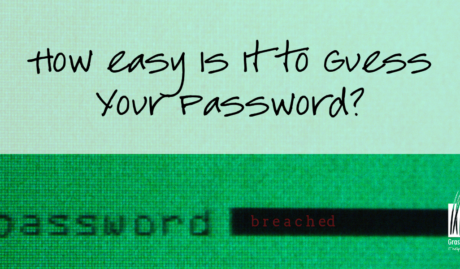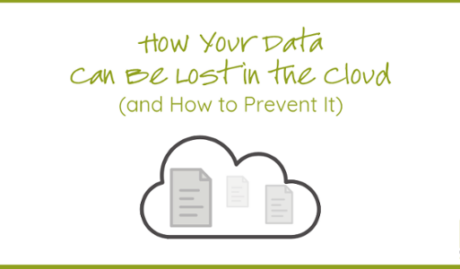In a post-pandemic world, flexible working arrangements have become the norm for many. Where working remotely was previously the exclusive domain of salespeople and on-site consultants, these days an office full of staff seems a rare sight, with online meetings commonplace.
While the long-term future of work is still unclear, it’s fair to say that remote working in some form is here to stay, bringing with it new challenges for business leaders, not least of all those tasked with cybersecurity. Old approaches to securing the organisations digital assets have been rendered outdated, while new unforeseen risks have emerged almost overnight.
So, what are the most pressing cybersecurity risks with a remote workforce, and how do you ensure the ongoing protection of your business in light of these changing threats?
Understanding the risks
The various tools and techniques that cyber criminals employ to attack those working from home are generally no different to those used elsewhere, however in a work-from-home context some threats are greater than others and can pose unique challenges. Here are three of the highest risk cyber-threats for staff working from home.
Phishing & other scams
Phishing and other such scams are fraudulent attempts to obtain sensitive information from users, such as usernames, passwords and credit card details, usually by sending fake email purporting to be from a known, trusted person or brand. WFH users are often more vulnerable to such attacks as they may not have the same level of active awareness as others, may use personal email accounts alongside work email, and may not have ready access to corporate security tools and support.
Read more: How to identify a phishing email
Device security
Device security refers to the protection of physical computing devices, such as laptops, smartphones and tablets against unauthorised access which would in turn give cybercriminals access to confidential corporate information. This is of particular concern with staff working from home as physical security of devices is likely to be less than in an office environment, particularly when others have access to the same work environment at home.
Home workers are also more likely to use personal computing devices rather than business supplied devices, with or without explicit permission to do so. Personal devices are likely not configured with the same security controls as company-owned devices, nor actively monitored, managed or updated with the latest security updates.
Data leakage
Data leakage is the unauthorised transmission of data from within the company to an external destination or recipient, whether intentionally or otherwise. Users working from home are likely to use a poorly secured home network, have inadequate access controls in place around confidential information, and may even use personal cloud services instead of, or alongside approved company services, all of which pose the very real risk of leaking important company information.
Implementing Solutions
The good news is that there are proven strategies for effectively mitigating each of these threats in a work-from-home scenario.
Cloud Platforms
Cloud platforms such as Microsoft 365 are by nature designed to support remote working. It doesn’t matter whether you are physically in the office, at home or on a client site, the way you access a cloud service, and the security controls available are the same. By their very nature this makes cloud platforms a better, and potentially more secure option for supporting home-based workers than traditional infrastructure solutions.
Device Management
Ensuring the security of physical devices at home presents a unique challenge best addressed by strong policy. A work-from-home policy must enforce the use of company-owned devices only, enabling the deployment of strong security controls to the device such as patch management, managed detection & response agents and data encryption. The policy must also discuss the physical security of devices, the use of automatic screen locking and immediate mandatory reporting if a device is misplaced.
It is worth briefly mentioning the topic of Bring-you-own-device (BYOD), whereby staff may use their own devices to access corporate systems. Allowing for BYOD is a perfectly valid option, however, please be aware of the security implications of such a policy and adjust accordingly.
Employee training
A strong culture of cybersecurity awareness can be one of your most effective defences against security breach and data loss, and especially so when staff work from home. Users must be well versed on recognising threats such as phishing emails and how they should respond. They should also be clear on all relevant policies and understand the importance of compliance.
Read more: Building a culture of cybersecurity awareness in your business.
Conclusion
The post-pandemic work-from-home movement is here to stay, with undeniable benefits for many people. It does however bring with it unique cybersecurity risks that the organisation must proactively address to avoid inadvertently allowing cyber criminals access to corporate systems.
Grassroots IT is well versed in helping our clients support their home-based workers with secure, scalable systems. For help protecting your remote workers contact us today.






















